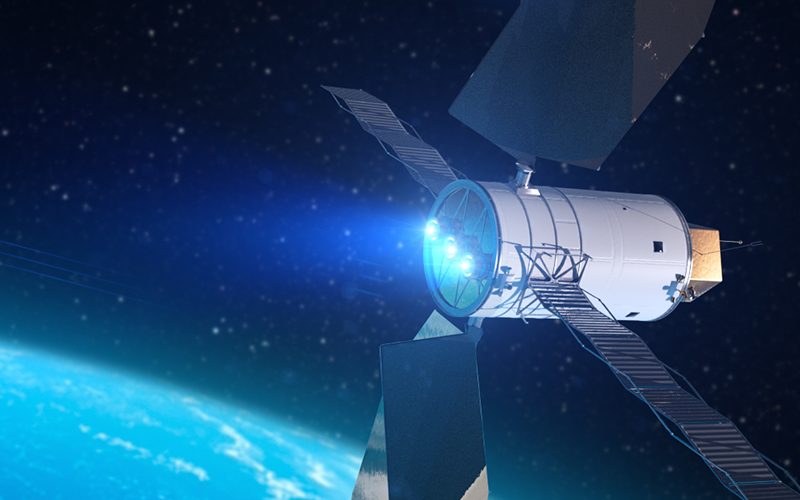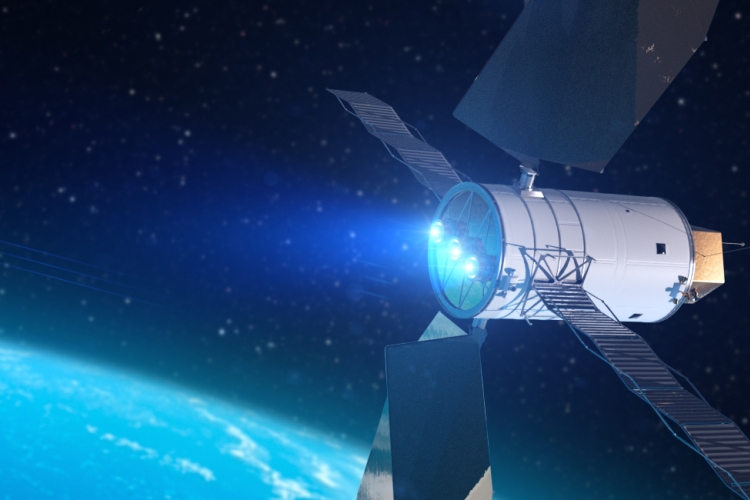Electric Propulsion Explained

Electric propulsion (EP) in spacecraft involves the application of electrical energy to a gas. The electrical energy breaks the gas down, producing ions and electrons, while the electric field of the thruster pulls these ions away from the thruster at a very high velocity, thereby creating propulsion.
Electric propulsion is gaining industry momentum as an important source of spacecraft thrust, and Aerospace has been at the forefront of research in the field of electric propulsion for decades, with an emphasis upon electric propulsion diagnostics.
Aerospace is renowned for applying advanced diagnostics to analyze thruster characterization, and has extended this approach to laser-based plume measurements and various devices used to determine electron temperature, density, and electric potential of plasma, e.g. plasma probes. Aerospace was the first to apply a number of diagnostic tools to the characterization of EP thrusters, most notably in the area of electromagnetic radiation measurements.
Electromagnetic Interference Test Facility
The Aerospace Electromagnetic Interference Test Facility is unique in the industry, and draws to Aerospace virtually all flight thrusters for testing to ensure that thruster operations will not interfere with satellite communications. Consequently, Aerospace maintains the most comprehensive database of EP thruster measurements anywhere.

The Aerospace Electromagnetic Interference Test Facility has also provided crucial mission assurance and anomaly resolution to the U.S. Air Force’s Wideband Global Satellite Communications System (WGS) and Advanced Extremely High Frequency (AEHF) programs.
In addition, Aerospace is leading an effort to characterize facility effects upon Hall-effect thruster operation (a type of ion thruster with propellant accelerated by an electric field), in which the ability to reliably predict on-orbit performance using ground-based test and qualification data has been severely hampered.
Recent collaborations with the NASA Glenn Research Center have been critical in advancing NASA’s Evolutionary Xenon Thruster (NEXT) 7-kilowatt ion engine to flight, as well as developing future higher-power annular ion engine designs. Aerospace has also developed novel diagnostics for the characterization of miniature electrospray thrusters developed at the Massachusetts Institute of Technology for use on CubeSats.

